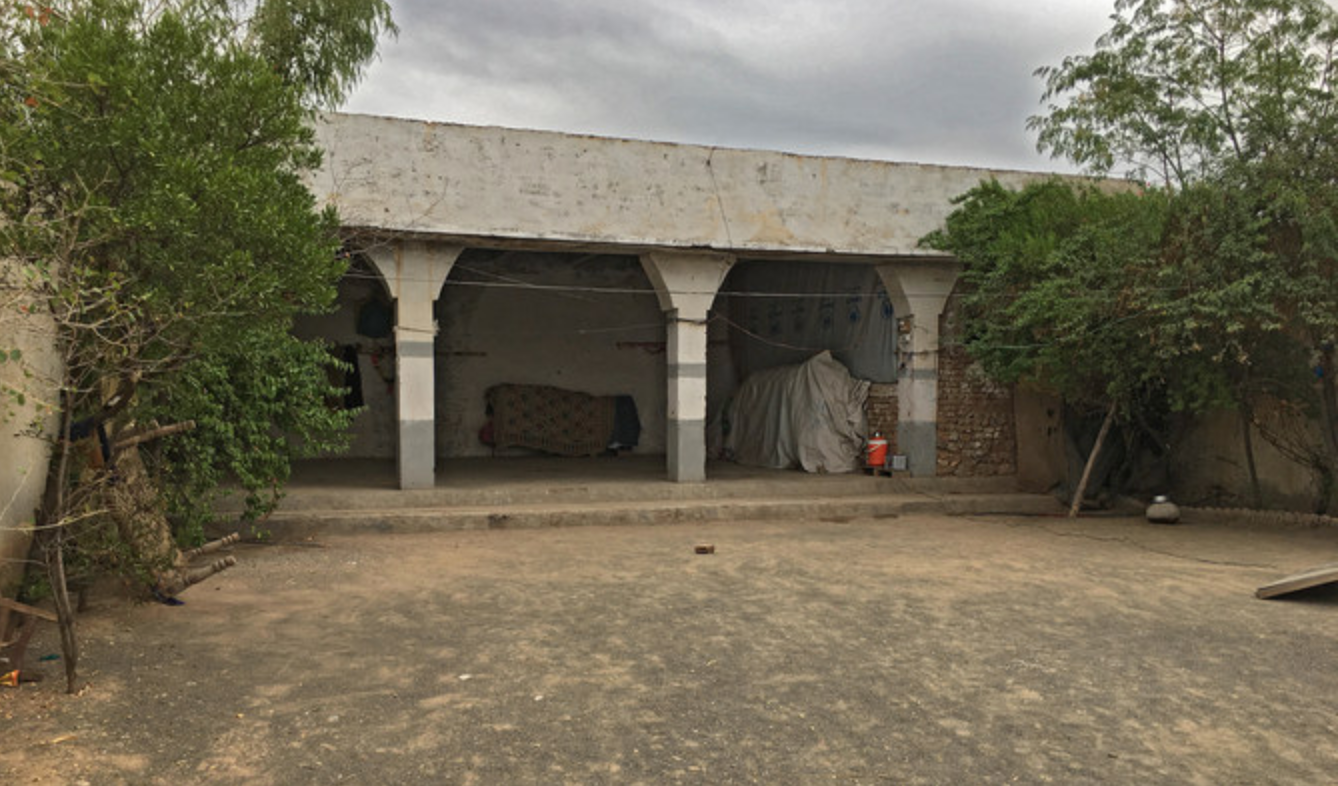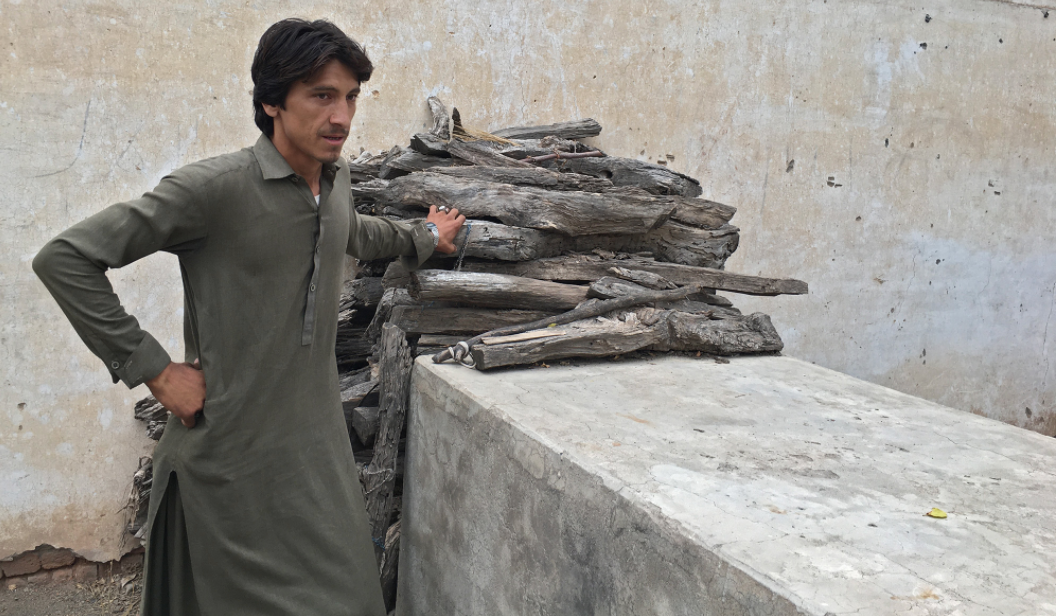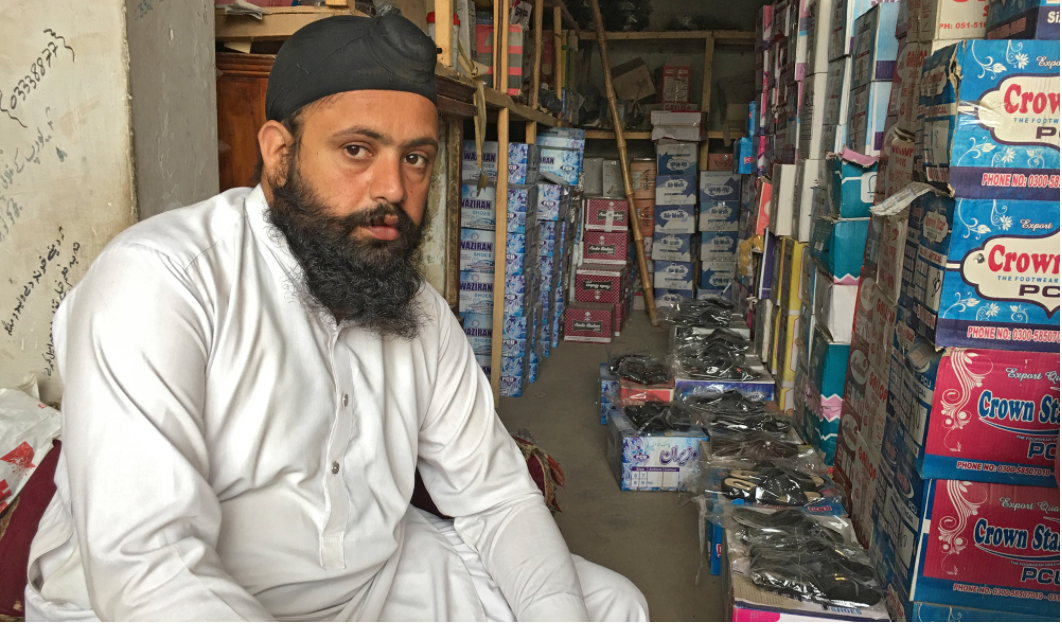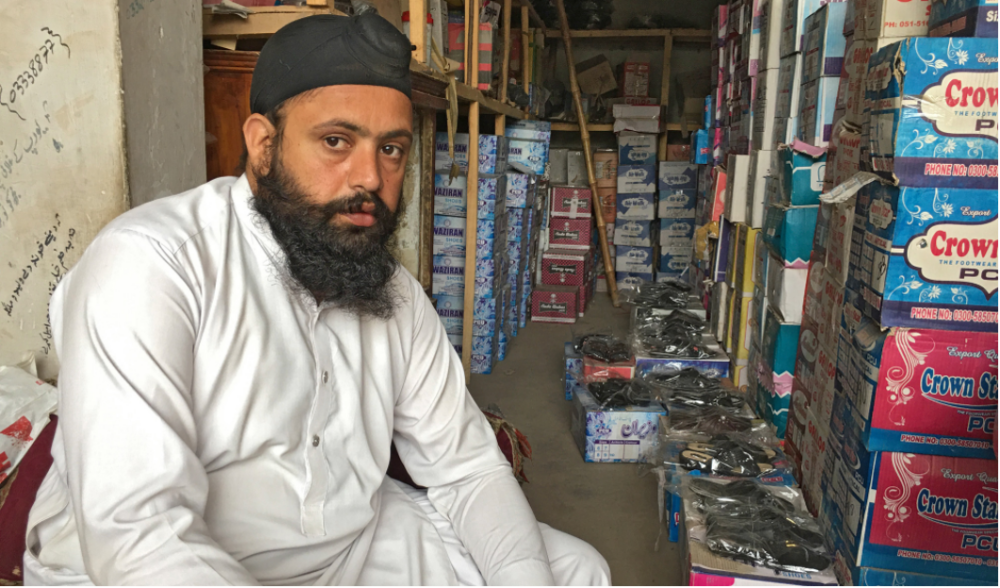In 2012, a quarter of a million Pakistanis, which included several hundreds of Sikhs, left their homes in Khyber. The reason – exponentially increasing violence by militant groups and military operations that forcefully drove them out. In that time, the entire community of Sikhs in the area were forced to flee for their lives.
Since then, a Muslim family has been looking after the upkeep of a Sikh crematorium in the Northwest Khyber region. The caretakers say that they are ready to hand the property over to its rightful owners whenever they can.

Khyber Agency is one of eight regions that used to make up Pakistan’s Federally Administered Tribal Areas, a semi-autonomous tribal region located along the porous border with Afghanistan, and for long a known base for militants. It is now a part of the Khyber Pakhtunkhwa province.
Despite the fact that Sikhs were not included in the official population census, almost 30,000 Sikhs are estimated to have lived in Peshawar according to community elders.
Pakistani army began its counter-offensive operations in Pakistan’s northwest in 2008 and in late 2011 shifted its focus to the remote, mountainous Khyber district.
“For the last eight years our family has been the sole caretaker of this Sikh cremation ground,” said rickshaw driver Muzamil Shah, 26, whose family lives in one corner of the land that houses the Kalanga crematorium in Khyber district’s Bara Tehsil.
“This building is with us because of the Sikh community’s trust and we will hand over the key whenever they demand.”

The 150 Sikh families who used to reside in Bara district before 2008 have moved to Peshawar or Noshera or even other provinces in Pakistan
Shah’s own family used to live in Khyber’s Tirah Valley, but moved to Bara after a military operation began there in 2011. They first rented a house in Bara, he said, and later contacted Sikh elders to seek their permission to use the Kalanga plot. They have since looked after the land and the building, as well as attended to the plants and trees.
The crematorium is built on a 20 Kanal plot of land, which is covered in plants and bushes. The building, unlike the low-lying mud houses around it, is cemented and tall. Locals say because of its strong structure and central location in Bara, militants had also used it as a base camp over the years.
Sikh Community in Pakistan
Despite Pakistan’s history of violence against minorities, the Sikh community has long been a protected one. Particularly in the northwest of the country, where a majority of Pakistani Sikhs reside, they have long been considered a vital part of the community.
Pakistan is considered the birthplace of the Sikh religion. Guru Nanak, the founder of Sikhism, was born in the small village of Nankana Sahib near the eastern city of Lahore in 1469. Today, thousands of Sikhs from around the world visit the area for pilgrimage. And in the northwest, Sikhs have a particularly glorious history.
Maharaja Ranjit Singh, the leader of the Sikh Empire, defeated the majority ethnic Pashtun tribesmen of the region in the Battle of Nowshera in 1823. His commander-in-chief, Hari Singh Nalwa, then moved thousands of Sikhs from Punjab to Peshawar and its surrounding areas in what is present-day Khyber Pakhtunkhwa and FATA.
Since then, at least 500 Sikh families have lived in Peshawar and its surrounding northwestern regions, according to community estimates. But the situation hasn’t always been peaceful. As systematic killings of Sikhs have risen, the community worries that it might become the next target for extremist groups.
Papinder Singh, who is considered the Sikh community’s leader in Bara, now lives in Peshawar. His shoe shop in Bara has been closed for over seven years. A series of attacks on the community, including the murder of a prominent Sikh elder, led Sikh families to start leaving the area in 2008, Singh said.

“These incidents terrified us and we considered it a warning and the whole community left,” he added.
Singh said the last time the community had gathered at the Kalanga cremation ground was in 2010.
He further elaborated that the crematorium was being looked after by a Muslim family. “Now a Muslim family is taking care of the property and building,” said Singh, whose grandmother was cremated on the property. “The cremation ground is in our possession and whenever we ask the Muslim family they will definitely leave the building.”
At being asked about future plans to return to their land, Singh only said: “It’s our land and we are an integral part of the society.”
Wazir Zada, an adviser to the chief minister of Khyber Pakhtunkhwa province, said more and more Sikhs wished to return to the area because of the improved “law and order situation.”
“That’s why the Sikh community wants to resettle in their own town,” he said. “The [ruling party] PTI government will be constructing a segregated Sikh colony for them.”
ALSO READ
By Not Building Mandir, Pakistan Has Played into the Hands of Modi
via Arab News








